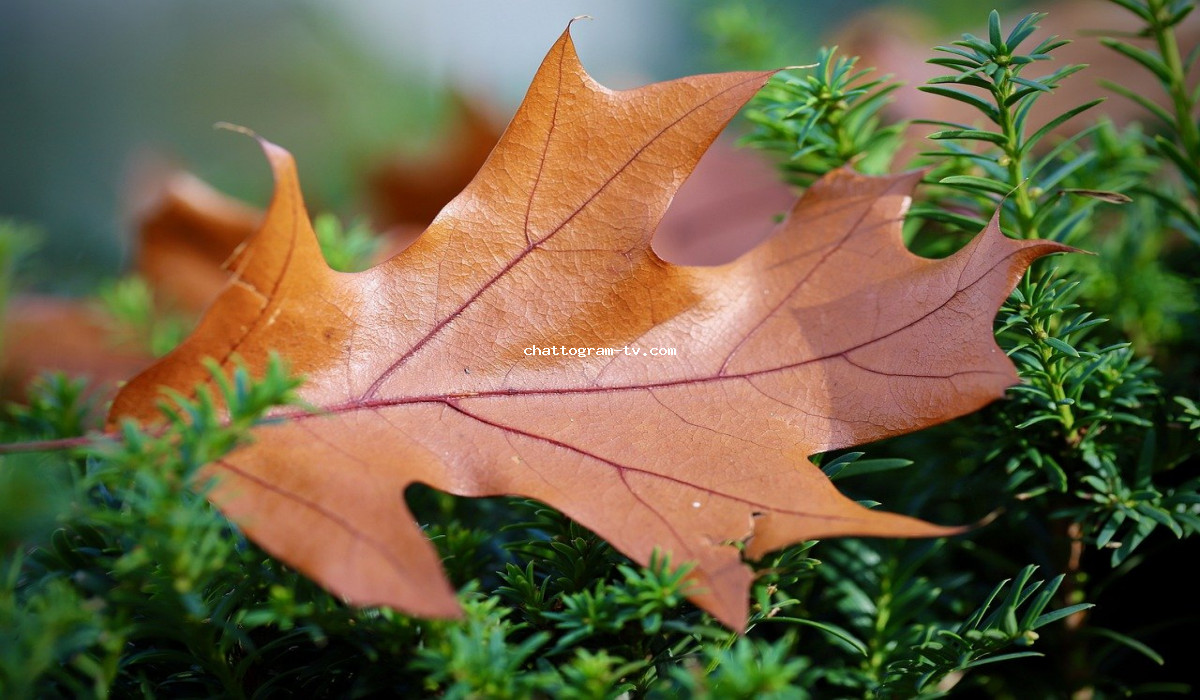Unraveling Chittagong’s Silk Tradition: A Journey Through Time. Unraveling Chittagong’s Silk Tradition: A Journey Through Time. Discover the intricate art of weaving silk and the rich stories behind each tapestry. Explore the vibrant history and cultural significance of this age-old textile tradition in Chittagong. Let us delve deeper into the enchanting world of silk and its mesmerizing tales, passed down through generations. Join us on this fascinating journey and unlock the secrets of Chittagong’s textile heritage. 200 characters.
Weaving Cultures: The Rich Tapestry of Textile History and Traditions !
Your Video is here .
Unraveling Chittagong’s Silk Tradition: A Journey Through Time
Unraveling Chittagong’s Silk Tradition: A Journey Through Time Unraveling Chittagong’s Silk
When you think of Bangladesh, one of the first things that may come to mind is its rich tradition of textiles. And within this country, the city of Chittagong has its own unique and vibrant culture of weaving tales in silk. This ancient craft has been passed down through generations and is deeply intertwined with the history and identity of the region.
Exploring the Roots of Chittagong’s Textile Tradition
Chittagong, located on the southeastern coast of Bangladesh, has been an important trading hub since ancient times. Its strategic location made it an ideal place for the exchange of goods and ideas. This is reflected in its weaving traditions. Silk has been a highly valued commodity in this region for centuries. The skilled weavers of Chittagong have been highly sought after by merchants and royal families alike.
The influence of various cultures can be seen in the intricate designs and patterns of Chittagong’s silk textiles. The city has been a melting pot of cultures. With people from Arab, Persian, Turkish, and Indian origins all settling in the region at different times. This diversity is reflected in the weaving techniques and motifs that have been passed down through generations.
The Importance of Silk Weaving in Chittagong
Silk weaving has played a crucial role in the economy of Chittagong, providing employment and income for thousands of families. Even in modern times, when industrialization and mass production have taken over the textile industry, the traditional handloom weavers of Chittagong continue to uphold their craft and contribute to the economy.
But beyond its economic importance, silk weaving is deeply ingrained in the cultural fabric of Chittagong. It is a symbol of identity, heritage, and pride for the people of this region. Weaving is not just a means of making a living, but a way of preserving traditions and connecting with the past.
The Making of a Textile Masterpiece
The process of creating a silk textile in Chittagong is a labor-intensive one that requires patience, skill, and attention to detail. It starts with the careful selection and preparation of the silk threads, which are then dyed using natural colors derived from plants and minerals. The next step is to design and set the loom, followed by the actual weaving process. Depending on the complexity of the design, it can take anywhere from a few days to several months to complete a single piece.
One of the most fascinating aspects of Chittagong’s silk weaving is the use of traditional handlooms. These looms are operated manually, with the weaver carefully controlling every step of the process. This not only ensures high-quality craftsmanship but also adds a unique human touch to each piece.
The Story Behind the Silk
Every silk textile produced in Chittagong tells a unique story. The intricate designs and motifs are not just for aesthetic purposes, but they also hold cultural and religious significance. For example, the paisley design, which is commonly used in Chittagong’s silk textiles, has its roots in ancient Persian culture and symbolizes fertility and prosperity.
Silk textiles from Chittagong are also known for their vibrant colors and patterns. This is a result of the cultural fusion that has taken place in the region, with influences from various cultures being incorporated into the designs.
The Future of Chittagong’s Textile Tradition
While the tradition of silk weaving in Chittagong has stood the test of time, it is facing new challenges in the modern world. The rise of mass production and changing consumer preferences have led to a decline in demand for traditional handloom silk textiles. This has put the livelihoods of many weavers at risk and threatens to erode the cultural legacy of Chittagong.
However, efforts are being made to preserve and promote Chittagong’s textile tradition. Organizations and government initiatives are providing training and support for weavers, encouraging the use of traditional looms and designs, and promoting the value of handmade textiles in a fast-paced, industrialized world.
Frequently Asked Questions (FAQs)
1. What is the history behind the silk weaving tradition in Chittagong?
The silk weaving tradition in Chittagong has its roots in the city’s ancient trading history. The region has been a melting pot of different cultures, and their influences can be seen in the intricacies of the textile designs.
2. Is silk weaving still relevant in modern times?
Despite the rise of mass production and changes in consumer preferences, silk weaving continues to be an important part of the economy and culture of Chittagong. Efforts are being made to preserve and promote this traditional craft.
3. How long does it take to create a silk textile in Chittagong?
The time required to create a silk textile in Chittagong varies depending on the complexity of the design. It can range from a few days to several months.
In Conclusion…
Chittagong’s silk weaving tradition is a fascinating example of how culture, history, and skill merge to create something unique and beautiful. It is a testament to the resilience of human traditions and the importance of preserving them for future generations. By understanding and appreciating the stories behind these rich tapestries, we can ensure that this ancient craft continues to thrive and evolve for years to come.
